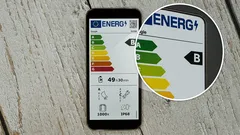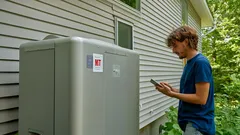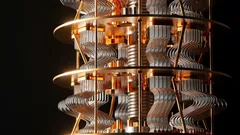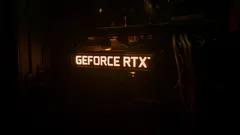116
5
4 minutes
Suggested Articles

Tech leaders embrace waste-to-carbon solutions as Microsoft bets big on green AI
Microsoft invests over $1 billion in carbon removal by using waste conversion, setting a new standard for sustainable AI and data center operations. Discover the unexpected ways big tech offsets its carbon footprint.

Hidden gold in your old devices is changing e-waste recycling forever
Tech How-To Guides

Transform Old Phone Chargers Into Genius Life Hacks and Cut E-Waste
Tech How-To Guides

Communities harness solar sponges to turn ocean water into fresh hope
Gadgets & Reviews

Unlock Longer Phone Life and Lower Bills With This Charging Habit
Tech How-To Guides

New Energy Labels Make Choosing Eco-Friendly Gadgets Easier Than Ever
Smartphones & Apps

Garage dreamers transform rusted harvesters into show-stopping classic cars
Gadgets & Reviews

Homeowners embrace MIT’s off-grid cooling to slash summer energy bills
Gadgets & Reviews

Ultra-efficient amplifier slashes quantum computer energy use by 90%
Gadgets & Reviews

Scientists create necrobotic spiders, fusing nature and robotics for the future
AI & Everyday Tech

Playing video games together strengthens relationships and sparks real connection
AI & Everyday Tech

US crypto pioneers transform bold risk into life-changing fortunes
AI & Everyday Tech

Travelers and campers embrace portable backpack laundry tech for freedom and clean clothes anywhere
Gadgets & Reviews

Sleep experts champion a smart anti-snoring belt for restful nights and healthier mornings
Gadgets & Reviews

Drivers use Google Maps and Waze to avoid fines but risk safety trade-offs
AI & Everyday Tech

App lovers seize this week’s best free premium downloads before time runs out
Smartphones & Apps

GeForce RTX 4000 owners unleash ultra-smooth gaming with NVIDIA’s AI-powered Smooth Motion
AI & Everyday Tech
 W3 CodeCraft
W3 CodeCraft

Comments